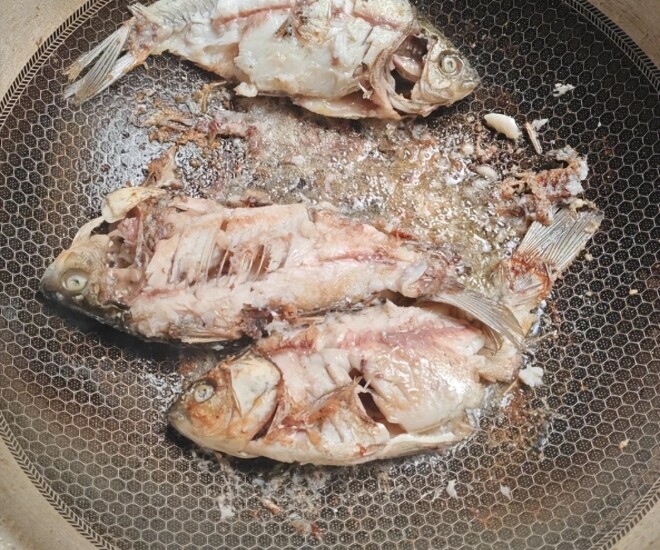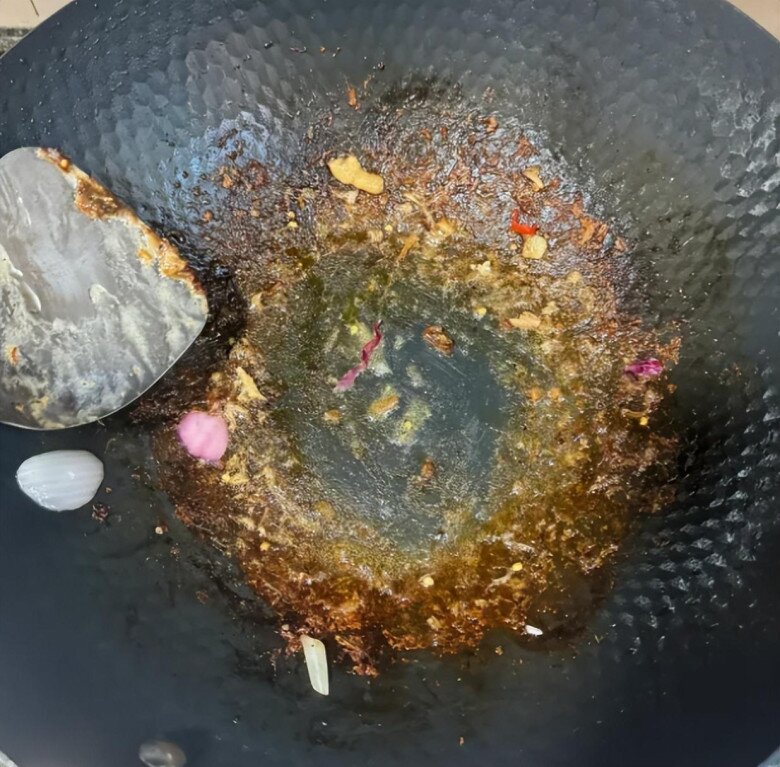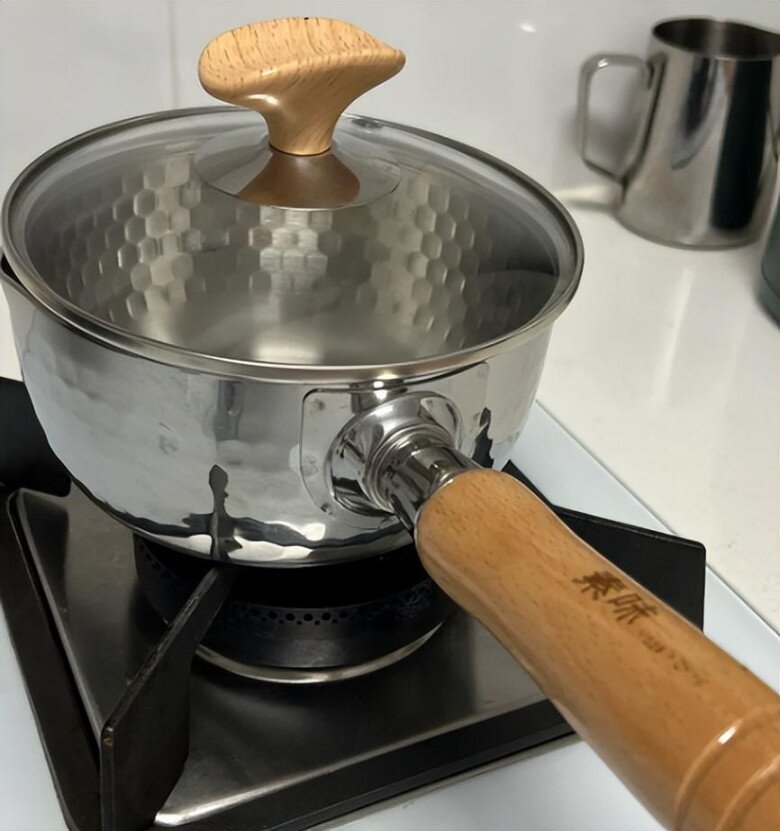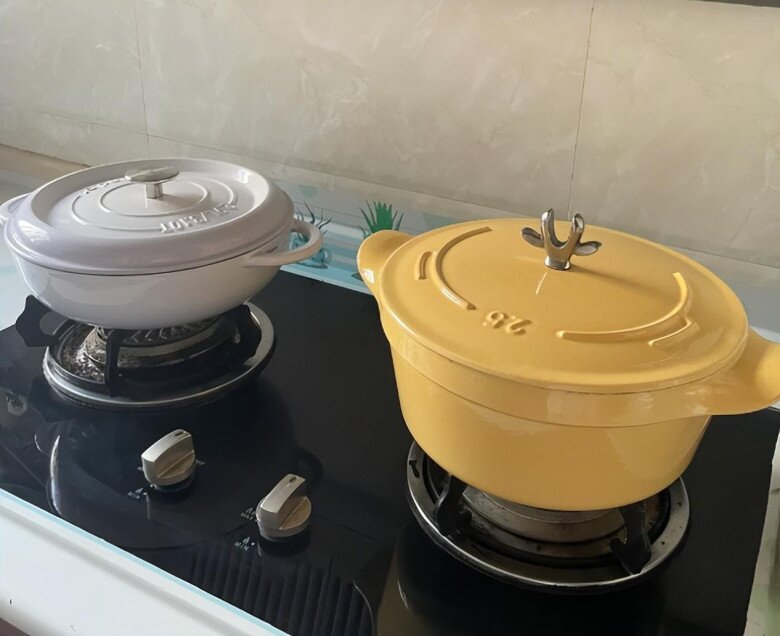1. Honeycomb Non-Stick Pan

Despite being marketed as a convenient, safe, and non-stick cooking tool, the honeycomb non-stick pan presents several risks. In terms of its non-stick capability, this product may perform well initially, exhibiting effective non-stick properties.
However, over time and with repeated use, the non-stick coating is prone to damage. Using metal utensils such as spoons or chopsticks during cooking can scratch the coating, reducing its effectiveness.
Additionally, some honeycomb non-stick pans use potentially hazardous coating materials. Research indicates that low-quality coatings may release toxic chemicals when heated. Therefore, consumers should exercise caution when choosing and using this product to ensure their health and safety.
2. Low-Quality Pots and Pans

On the web, we often come across frying pans sold for extremely low prices, sometimes just a few dollars. However, experts advise against purchasing these products. Low-quality pots and pans typically fall short in terms of material selection, manufacturing processes, and quality control.
Many cheap pans may be made from substandard metals that fail to meet food safety standards and could even contain harmful heavy metals like lead and cadmium. When used for cooking, the high temperatures can cause these toxins to leach into your food. Consuming food prepared in such pans over an extended period can have detrimental effects on your health.
3. Snowflake Aluminum Pan

Despite its sleek and simple appearance, the snowflake aluminum pan presents several drawbacks that cannot be ignored. Typically made from aluminum alloy, this pan is susceptible to chemical reactions when exposed to acidic or alkaline substances for prolonged periods or at high temperatures. This can lead to corrosion and discoloration.
For instance, when cooking acidic foods like tomato soup, the pan may corrode rapidly, affecting not only its appearance but also the flavor and safety of the food. Additionally, the pan’s relatively small capacity makes it unsuitable for large families or cooking large quantities of food.
Its shallow design can cause water to boil over when cooking noodles or soup, creating a mess in the kitchen and potentially hazardous situations. The handles of many snowflake aluminum pans are made of wood or plastic, which can deform or break when exposed to high temperatures for extended periods. Lastly, the lid design is inadequate, as it does not seal properly, affecting its ability to retain heat and pressure during cooking.
4. Enamel-Coated Pots

While enamel-coated pots stand out for their elegant appearance and vibrant colors, they present several challenges during use. Firstly, these pots tend to be very heavy, making them cumbersome for individuals with limited strength, especially women and the elderly. Maneuvering the pot when serving food or cleaning can be difficult and may lead to accidents.
Secondly, enamel-coated pots have poor heat conduction, resulting in longer heating times, which wastes energy and prolongs cooking times. Moreover, they retain heat exceptionally well, sometimes inconveniencing users who want to enjoy their meals promptly. Lastly, the enamel coating is susceptible to scratches or damage from sharp objects.
When the coating is compromised, it not only affects the pot’s appearance but also leads to rust and corrosion. Enamel-coated pots should not be soaked for extended periods, as this can create gaps between the pot’s body and the coating, reducing the pot’s lifespan.































